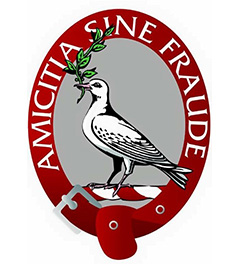What are the causes of ITB tendinitis in runners ?
1) HIP FLEXOR IMBALANCE
One biomechanical flaw that will case a increased strain of the Iliotibial Band(ITB) is Hip Flexor imbalance.
Poor Iliopsoas function (a muscle in your hip) will result in a compensatory firing of Tensor Fascia Lata (TFL)which has the ability to assist with hip flexion because of its anatomical lever arm . Over a period of time, the length of the Tensor Fascia Lata will become tighter (hypertonic), which means that the ITB origin is moved AWAY from the insertion.
An underactive Iliopsoas muscle is very common within running athletes who have a tendency to use Rectus Femoris, the main Quadricep muscle, to generate hip flexion, instead of Iliopsoas. This is an extremely common running technique flaw.
The hypertonicity of Tensor Fascia Lata can be effectively treated with targeted soft tissue release.
2) DYNAMIC KNEE VALGUS
The most commonly seen biomechanical flaw in the running population is dynamic knee valgus, a combination of femoral internal rotation with adduction and tibial internal rotation . This will result in the insertion of the Iliotibial Band being moved AWAY from the origin.
Dynamic knee valgus can occur as a result of several muscle imbalances but the most common pattern that we see is a weakness/inhibition of Gluteus Maximus. I feel that Gluteus Maximus is more influential than Gluteus Medius in this presentation as it is a three dimensional single joint muscle, the most powerful external rotator of the hip and the superior fibres contribute significantly to hip abduction. Gluteus Medius contributes by fixing the pelvis relative
3) CONTRALATERAL PELVIC DROP
A highly relevant biomechanical flaw within ITBS is a contralateral pelvic drop. This occurs in single leg stance, with the pelvis dropping down on the non-stance leg relative to the femur in the sagittal plane.
This will result in a subsequent lift of the pelvis on the stance leg, meaning that the origin of the IT Band is being moved AWAY from the insertion. This occurs as a result of a much more specific pattern of muscle imbalance, whereby Gluteus Medius (stance) and Quadratus Lumborum / External Oblique (non-stance) fail to fix the pelvis relative to the femur.
This pattern often results in over-activity within the lateral trunk on the stance limb and can be a significant contributing factor in patients with unilateral spinal pain.

















